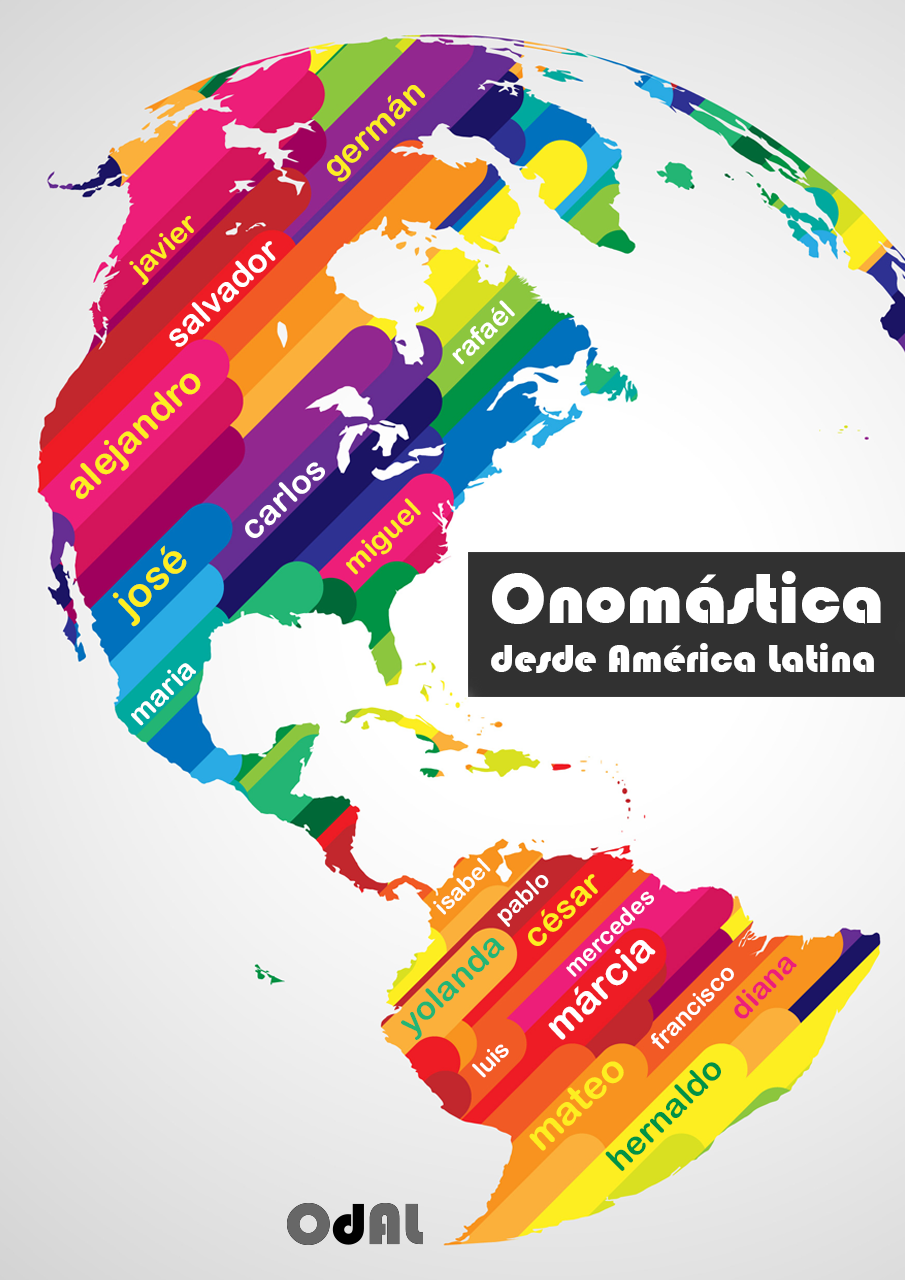La dynamique nominative féminine en littérature : analyse onomastique
DOI:
https://doi.org/10.48075/odal.v6i1.34594Palavras-chave:
onomastique littéraire, Y Khadra, Violence, Dynamique nominative, Noms propres fémininsResumo
La littérature a de tout temps constitué un reflet des sociétés et un vecteur clé d’expression des représentations sociales, politiques et culturelles. La voie la plus représentative de cet art est l’attribution des noms aux personnages féminins qui se distingue comme un élément puissant qui laisse voir non seulement la perception de la féminité, mais aussi les dynamiques de pouvoir sous-jacents et la violence qu’il véhicule. L’objectif de notre travail est d’explorer la dynamique nominative des personnages féminins chez Yasmina Khadra dans son roman Qu’attendent les singes, (2014), en mettant en lumière la relation entre le nom propre et l’émergence de la violence dans le discours littéraire et ses implications culturelles. La question du nom propre est au centre de tout débat qui engage le discours littéraire. Quelle est le rapport entre l’écriture et le nom propre ? Une telle question suppose une relation étroite entre le nom et l’écrivain
Referências
Ballard, Michel, (1993). La traduction à l’Université. Lille: Collection UL3
David Lodge, (1996). L’art de la fiction, éd. Rivages, (chapitre 8 : Les noms)
Jouve. V, (2007). « Poétique du roman. » éd. Armand Colin ». (Le langage. 1973) « Les encyclopédies du savoir moderne ». Sous la direction de Bernard Potier.
Leroy S., (2004), De l’identification à la catégorisation. L’Antonomase du nom propre en français, Louvain – Paris - Dudley MA : Peeters.
Yasmina. K. (2014). Qu’Attendent les singes. Alger : Casbah
Vaxelaire J.-L. (2005), Les noms propres – Une analyse lexicologique et historique. Paris : Honoré. Champion.
Barthes, R. (1975). Noms de personne (dans 20 mots-clefs… interview Magazine Littéraire, février) ; repris dans les Œuvres Complètes t. III
Hamon. P. (1977) « Pour un statut sémiologique du personnage », in Poétique du récit, Paris : Seuil.
Michelle L, Marie-A, P et Sandrine R-T. « Les sens des noms propres en discours », Les Carnets du Cediscor [En ligne], 11 | 2009, mis en ligne le 12 janvier 2010, consulté le 01 mars 2013. URL : http://cediscor.revues.org/736
Sites Web
http://www.lematindz.net/news/14139-quattendent-les-singes-de-yasmina-khadra.html. Consulté le10/04/2007 à 20 H30.
http://www.france24.com/fr/20131104-algerie-yasmina-khadra-mare-piranha-election-presidentielle/consulté le 09/03/2017 à10H
Downloads
Publicado
Como Citar
Edição
Seção
Licença
Copyright (c) 2025 Leila Belkaim

Este trabalho está licenciado sob uma licença Creative Commons Attribution-NonCommercial-ShareAlike 4.0 International License.
Aviso de Direito Autoral Creative Commons
Política para Periódicos de Acesso Livre
Autores que publicam nesta revista concordam com os seguintes termos:
1. Autores mantém os direitos autorais e concedem à revista o direito de primeira publicação, com o trabalho simultaneamente licenciado sob a Licença Creative Commons Attribution que permite o compartilhamento do trabalho com reconhecimento da autoria e publicação inicial nesta revista.
2. Autores têm autorização para assumir contratos adicionais separadamente, para distribuição não-exclusiva da versão do trabalho publicada nesta revista (ex.: publicar em repositório institucional ou como capítulo de livro), com reconhecimento de autoria e publicação inicial nesta revista.
3. Autores têm permissão e são estimulados a publicar e distribuir seu trabalho online (ex.: em repositórios institucionais ou na sua página pessoal) a qualquer ponto antes ou durante o processo editorial, já que isso pode gerar alterações produtivas, bem como aumentar o impacto e a citação do trabalho publicado (Veja O Efeito do Acesso Livre).
Licença Creative Commons
Esta obra está licenciada com uma Licença Creative Commons Atribuição-NãoComercial-CompartilhaIgual 4.0 Internacional, o que permite compartilhar, copiar, distribuir, exibir, reproduzir, a totalidade ou partes desde que não tenha objetivo comercial e sejam citados os autores e a fonte.

